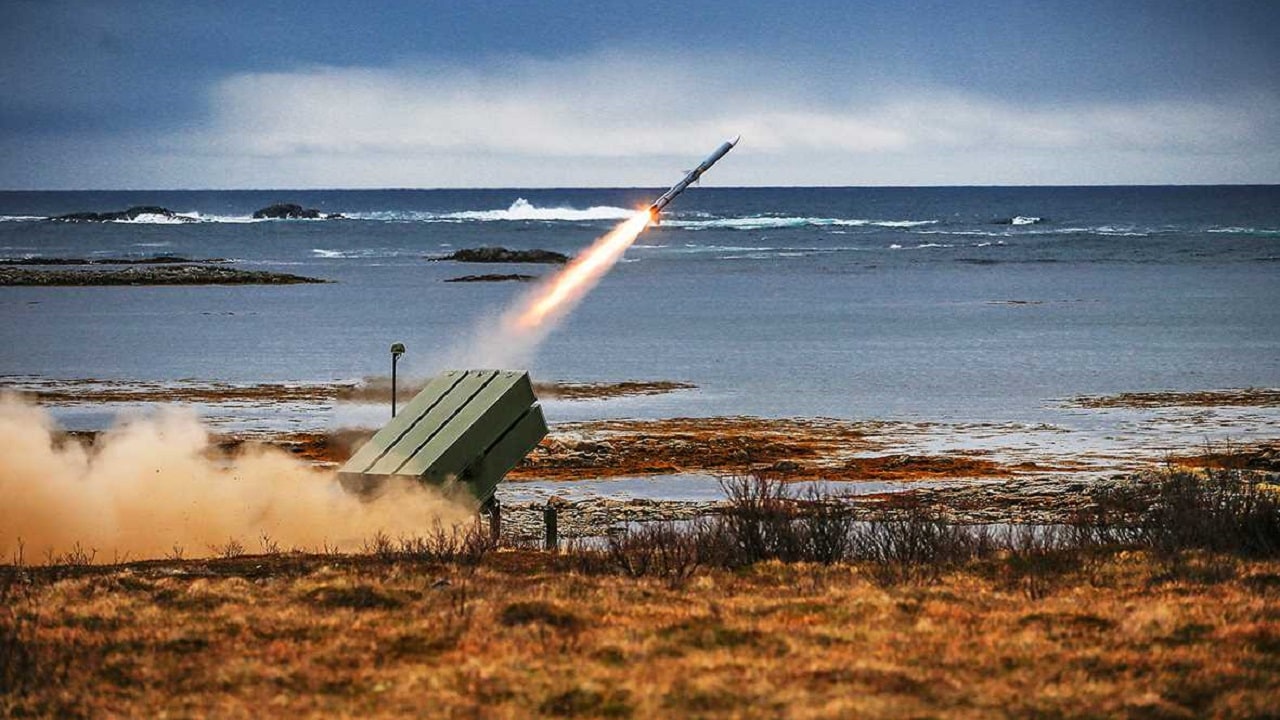More NASAMS for Ukraine – For more than 15 months, the U.S. has provided Kyiv with billions of dollars worth of aid, including military equipment, humanitarian assistance, training, and cash.
This week, the U.S. State Department approved the sale to Ukraine of the National Advanced Surface-to-Air Missile System (NASAMS), among other military systems.
One AN/MPQ-64F1 Sentinel radar is also included in a weapons package that according to the Defense Secretary Cooperation Agency could add up to a value of $285 million. The Pentagon noted that the Raytheon system would enhance Kyiv’s ability to thwart Russia-launched missiles and other aerial attacks.
This won’t be the first time Ukraine receives NASAMS.
Over the last year, Norway pledged to send at least two of these systems to Kyiv. Washington has previously delivered two NASAMS and awarded the system’s manufacturer, Raytheon, with a $1.2 billion contract to produce six additional NASAMS for Kyiv.
A brief overview of NASAMS
NASAMS is a medium-range, network-centric system designed to defend against unmanned aerial vehicles, fixed wing aircraft, and a wide range of projectiles. The system dates back to the 1980s, when the program was initially conceptualized for the Royal Norwegian Air Force by Kongsberg Defense & Aerospace and Hughes Missile Systems. During this time period, the RNoAF wanted a ground-based air defense system that could replace the country’s Nike Hercules facilities. The primary weapon in the NASAMS is the AIM-120 AMRAAM, which can engage up to 72 targets at the same time in both active and passive modes.
As detailed by Air Force Technology, “Raytheon MPQ-64F1 Sentinel high-resolution, 3D pencil beam surveillance radar is fitted to the NASAMS to detect and track the targets. The missile system is also fitted with AMRAAM launchers and a passive electro-optic (EO) and infra-red (IR) sensor, hard-real-time communication network and an embedded and standalone mission planning tool.”
Ukraine Needs Air Defense
NASAMS has already proved to be effective at countering Russian missile barrages. Since the onset of the invasion, Russian forces have launched thousands of Iran-designed killer drones, in addition to various missile and rocket types. In recent months, Moscow has ramped up these aerial assaults, in particular on Kyiv, using primarily Iranian UAVs like the Shahed-136 and Mohajer killer drones.
Due to NASAMS’ new Ghost Eye radar — an advanced sensor that can locate incoming targets faster and more effectively — Ukraine is able to down many more Russian projectiles.
As Ukraine’s highly anticipated counteroffensive inches closer, Kyiv will need all the air defense support possible to hold off Russian barrages. Earlier this month, the U.S. signed off on a $1.2 billion package to help bolster Ukraine’s air defenses and help sustain its artillery needs. In addition to 155mm artillery rounds, ammunition to take down UAVs, and satellite-imagery services, training and maintenance support were also included in the package. In the month of May alone, Moscow has launched at least nine missile attacks targeting Ukraine. While the Kremlin seems to be ramping up its missile barrages in recent weeks, Kyiv seems better equipped to counter them. The incorporation of additional NASAMS will surely aid Kyiv’s defensive efforts in the war.
Maya Carlin, a Senior Editor for 19FortyFive, is an analyst with the Center for Security Policy and a former Anna Sobol Levy Fellow at IDC Herzliya in Israel. She has by-lines in many publications, including The National Interest, Jerusalem Post, and Times of Israel. You can follow her on Twitter: @MayaCarlin.

